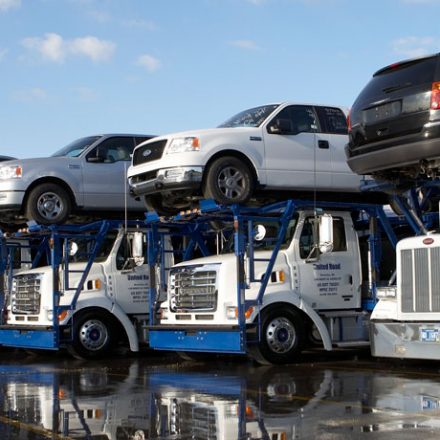
Myths That Surround IDV Which You Should Not Believe
Buying a car is one of the most common dreams in India. Despite being common, it is an extremely valuable one. These days, it is has become a stage of life. This means that sooner or later, everybody manages to purchase a car. Hence, the automobile industry in the country has grown exponentially with the display of models in showrooms in various sizes and price ranges. As competition in the market becomes stronger, it is becoming increasingly difficult to find the vehicle that best suits your needs.
The convenience of going to work using your own vehicle instead of the crowded public transport bus is unmatched. You can also make immediate plans for weekend getaways that travel a long way from the city. The easy availability of car loans has made it easy to buy your dream car without having to worry about finances. Banks and non-banking financial institutions have come up with innovative car financing products with affordable equity monthly installments (EMIs) that make car buying easier than ever.
When you buy a vehicle, you also need to remember the appropriate insurance for it. Car insurance is mandatory for all car owners and driving without it is a punishable offense. When you buy a car insurance policy, keep a few things in mind so that you can get the most favorable coverage at a reasonable cost. This means that you must be aware of all the nuances of four wheeler insurance and the myths around them. The best example of this is IDV.
What is IDV in car insurance?
The terms and vocabulary used in car insurance policy documentation can be very confusing and a phrase that appears consistently across documents is the Insured Declared Value (IDV).
Written as an abbreviation for Insured Declared Value (IDV) is the maximum amount you can get under your motor insurance policy in the event of a total loss of the vehicle. This includes extensive damage in an accident or the theft of the car. The insurance company will determine the insurance premium of your vehicle based on the IDV. Therefore, it is important that you select the right amount as your IDV.
Myths surrounding IDV
- IDV is the maximum claim limit for 1 year
It is often assumed that you can claim up to your IDV value in one year. However, it is possible to make an unlimited number of claims each year. Moreover, if the total of all your claims goes above the IDV, you are not barred from making another claim.
If a single insurance claim is more than 75% of the vehicle’s pre-determined IDV, the insurance company assumes it is a total loss situation. In this case, you will obtain the full IDV of the car as compensation. But remember that you still need to pay a deductible amount for the entire loss claim.
If the claim amount is less than 75% of your car’s IDV, you will have to bear the mandatory deductible and depreciation of the replaced parts. *
- IDV is determined entirely by the insurance company
That is not true at all. IDV is determined based on guidelines issued by the Insurance Regulatory and Development Authority of India (IRDA). According to these guidelines, depreciation of car parts is defined up to the vehicle age of 5 years. Insurance companies also offer car owners the option of declaring a higher or lower IDV if the variance is less than 10% of the actual number. When the car is older than 5 years, there is no set guideline for fixing the IDV. It is determined based on a mutual agreement between the insurer and the customer. You can use a car insurance calculator to determine the right IDV for you. You can visit the official website of IRDAI for further details. *
- IDV is the current price of a car on the market
If you think your vehicle’s IDV is the current price of the model on the market, you are wrong. In fact, the IDV is lower than the price you bought the car at because the depreciation element is attached to the vehicle. All cars decrease in value with age. In fact, a car just picked up from the showroom will have already depreciated by 5%. When calculating your car market value, many factors come into play. This includes its depreciation, brand resale value, vehicle performance, and so on. So, if you want to sell your 5-month-old vehicle, you will not receive its invoice value; Instead, you get market value, which is very low. The IDV can be like the car’s market value, but it is not always the case. *
* Standard T&C Apply
Insurance is the subject matter of solicitation. For more details on benefits, exclusions, limitations, terms and conditions, please read sales brochure/policy wording carefully before concluding a sale.




